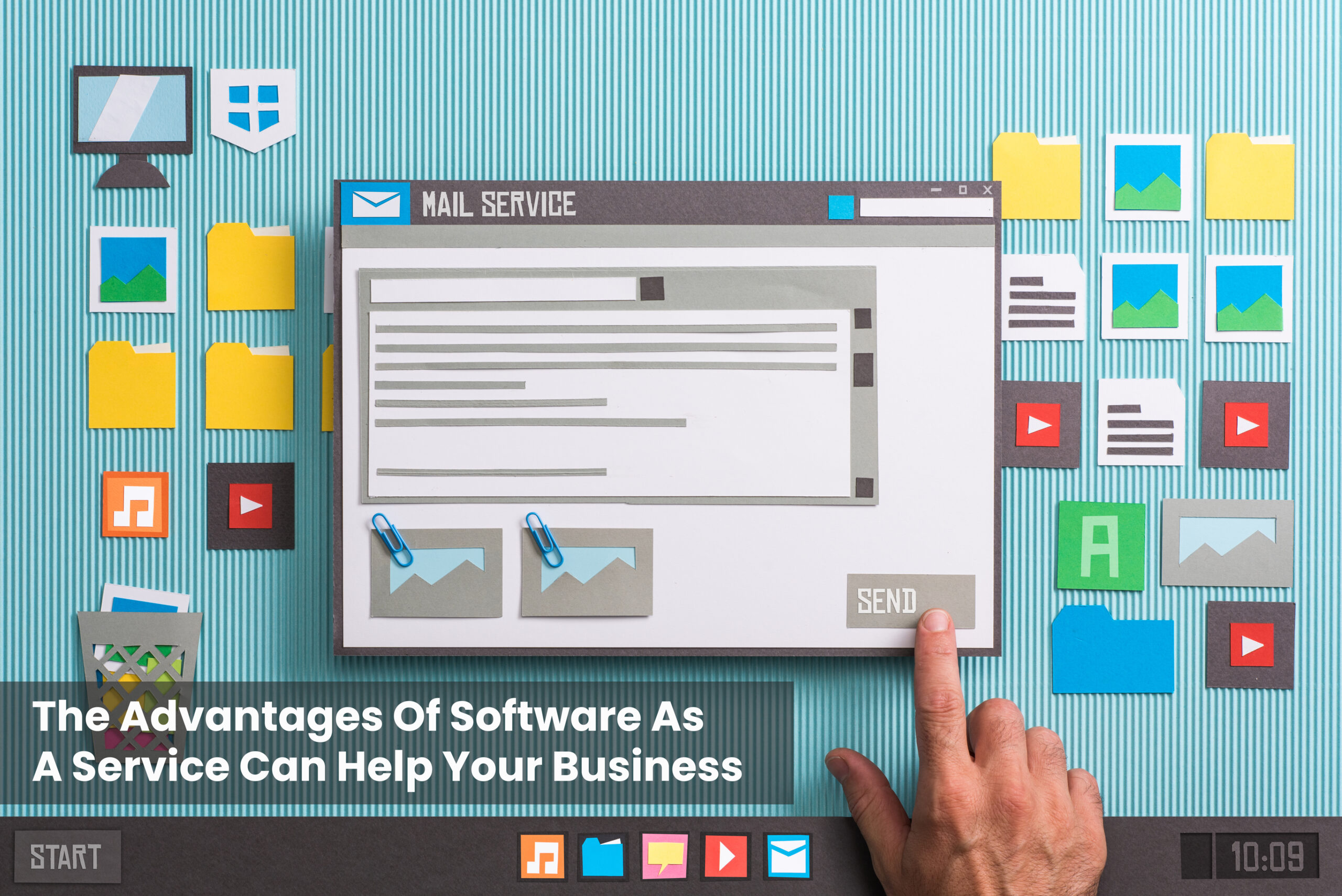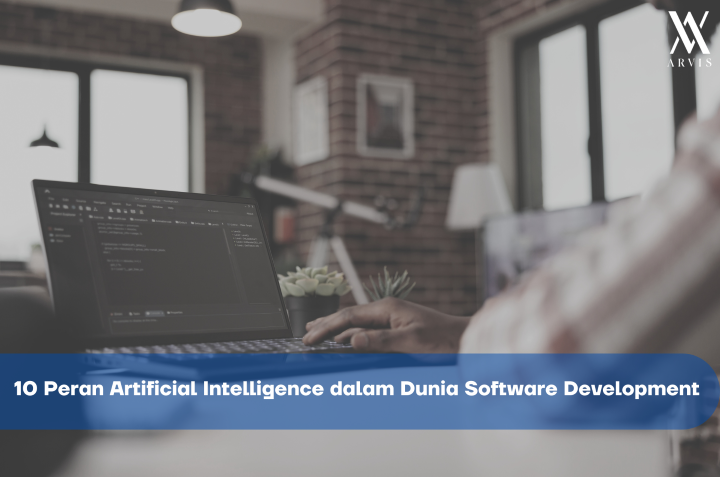Software As A Service often referred to as a SaaS Application, is software that can be used and accessed via the internet without purchasing programs, systems, or hardware. Because it is on a server with a cloud base, Various IT professionals, business users, and personal users use SaaS applications. Not only that, SaaS products are often marketed to B2B and B2C users. The SaaS method works through a cloud delivery model; the software developer will create and host the application until end-users can use it properly. A company that wants to experience the convenience of a SaaS application will get access to the software according to the service needed only by paying a subscription fee, and there is no need to set up and maintain the software so that this SaaS application is a ready-to-use solution.
These SaaS applications have many potential ways to help a business grow, including cost-effectiveness, fast configuration and deployment, easy updates, better accessibility, and scalability. The SaaS application services often used in technology development in a business are as follows: customer relationship management (CRM), email campaign handling, sales management, financial management, human resources management (HRM), invoicing, billing, and software collaboration.

As for a more detailed understanding of the benefits of this SaaS application, we have listed the advantages of SaaS for businesses.
Software As A Service More Affordable Prices
SaaS applications can use many services to support work in business through SaaS applications. As we know CRM software, where this CRM software is a service that has a subscription payment method with various customer relationship management facilities, sales tracking, and sales analysis reports in one application, so it can be said to have a more affordable price because of various benefits that it can use in one application, you only pay with the subscription method. At least 1 month without being confused about how to make the program, repair, and hardware problems. SaaS applications will provide convenience for any business tailored to the company’s needs with better cost-benefit analysis.
Software As A Service Easy To Use
SaaS provides solutions for your needs to increase work productivity; you need a web browser and online access, and you’re good to go. At the same time, conventional software solutions can take weeks or months to deploy and deploy. In addition, SaaS solutions do not require any software to be activated, so you can directly access the new software. SaaS applications are user-friendly because they are designed with many services in one application. A demo account option is provided for you to try this application first, whether the services offered in the SaaS application answer many of your needs before you decide to subscribe. You also don’t need to be confused about the Process of using it because it will provide you with the types of support materials, the onboarding process they offer, and how responsive the SaaS is to requests for help.
Ease Of Integration
System Integration in SaaS applications is one of the demands and needs of various companies. How software the previous company used can integrate SaaS applications with various software that every company still uses. This easily happens in SaaS applications with the
Application Programming Interface (API) integration. The integration referred to in this request is how SaaS Applications can connect two or more applications by connecting them via an API so that they can perform several functions simultaneously. In other words, your business can more efficiently operate SaaS software with each other. This is an important feature to look for in a SaaS offering.
Have Data Ownership
When you use a SaaS application, you may own the data you create. In the Process, you store your data in a cloud-based system, but the cloud service provider controls it. A Service Level Agreement (SLA) defines ownership and your company’s ability to retrieve data on vendor servers. Each SaaS SLA is important and should be fully reviewed by stakeholders before signing. SaaS vendors usually allow you to export your data or back it up. The SaaS contract also outlines the possibility of collecting your data if a vendor goes out of business. Please take note, ensure you protect your data, and it gets harder as the legal Process keeps up with technology.
Security Guarantee
Of course, businesses want to ensure that business data/information is protected from corruption and unauthorized access. SaaS applications are likely to be shared by other tenants, encrypted storage mode must enable certain types of data for certain tenants, and of course, the same data must not be accessed by other tenants. So, having a good Key Management Framework or the ability to integrate/interface with external Key Management Frameworks is a crucial part of any SaaS application. Integration with the CASB (Cloud Access Security Brokers) system will increase trust in data security. In addition, To protect the data, we must ensure very strong Role-Based Access Controls. SaaS applications must be equipped with protection against vulnerabilities. SaaS Applications should protect these applications against OWASP/SAN identified vulnerabilities. In addition, SaaS Applications must enable strong identity and access management controls.




